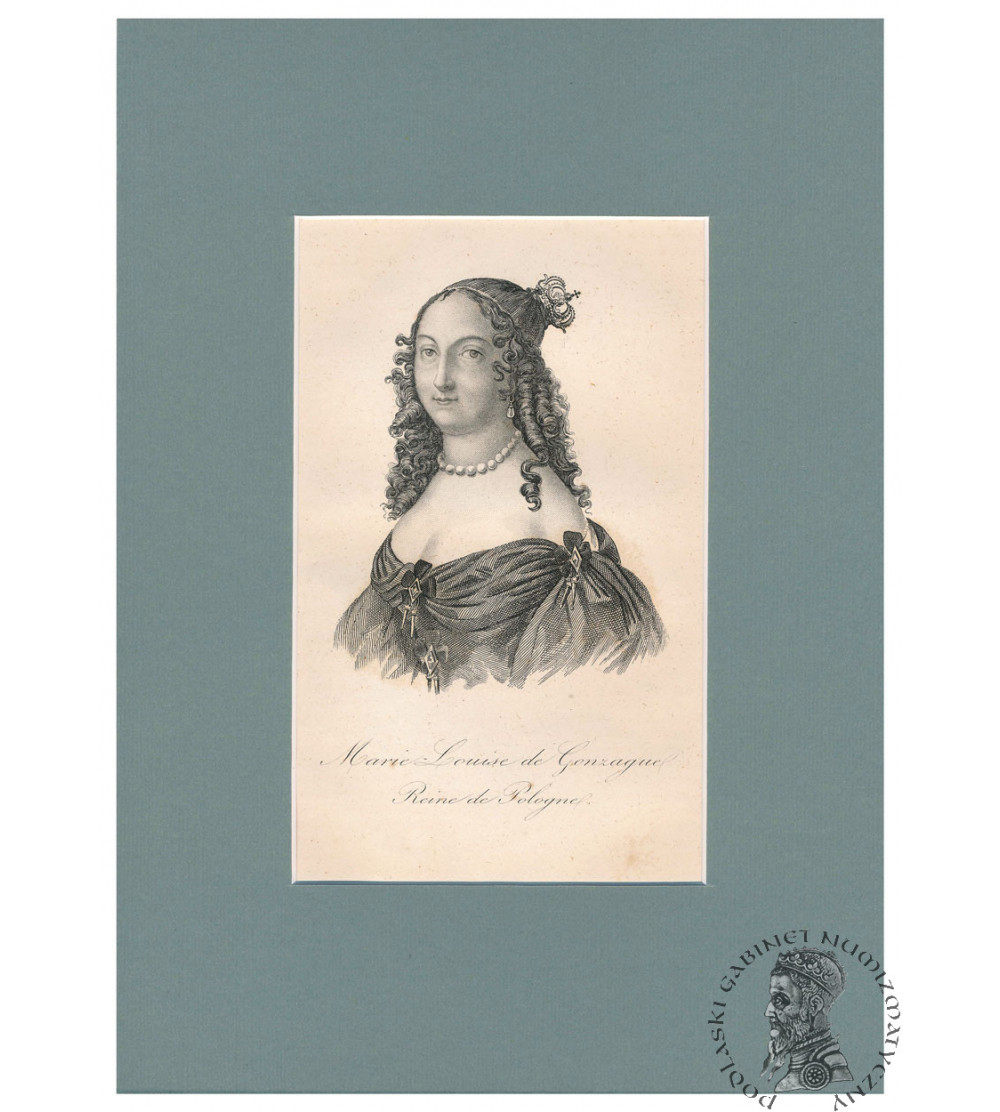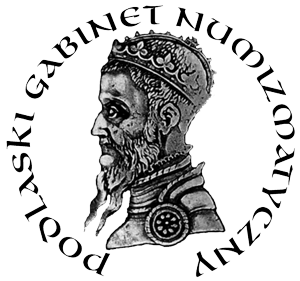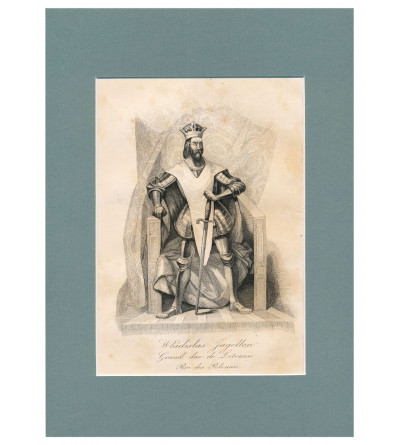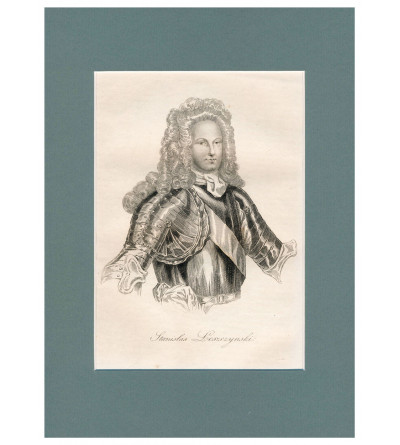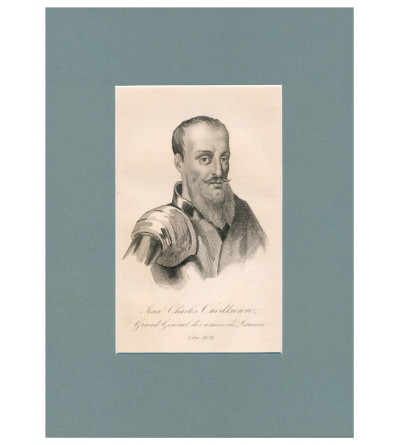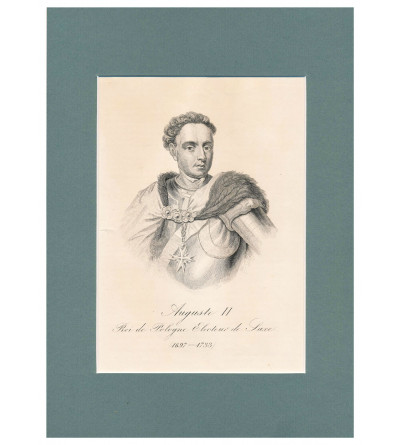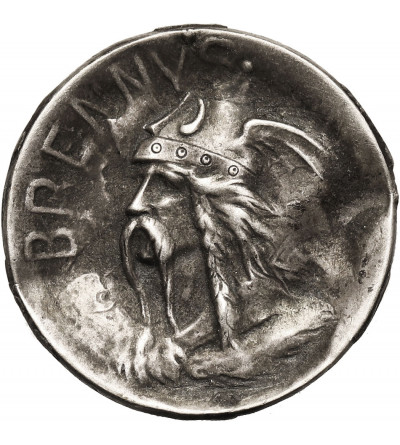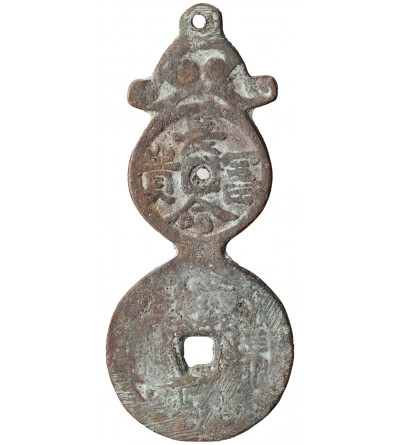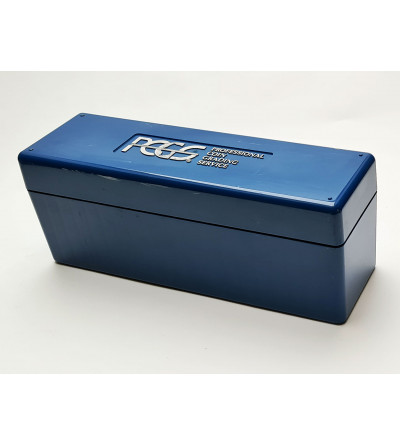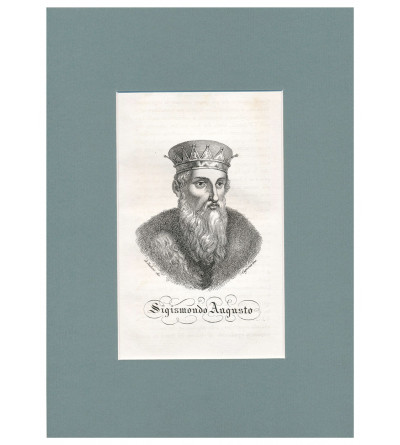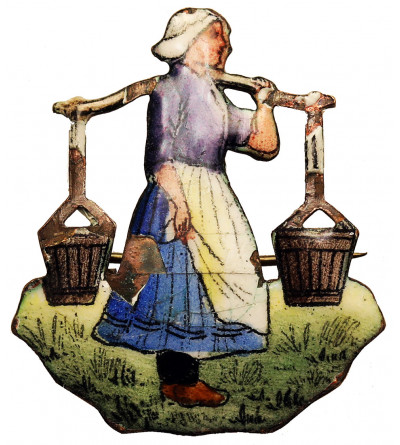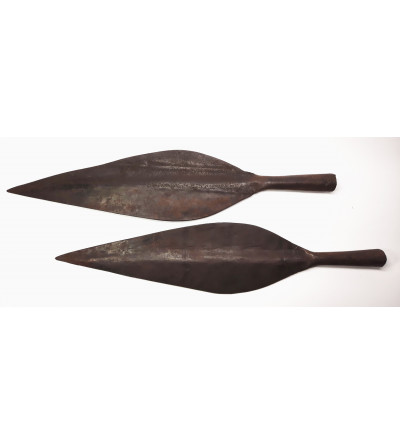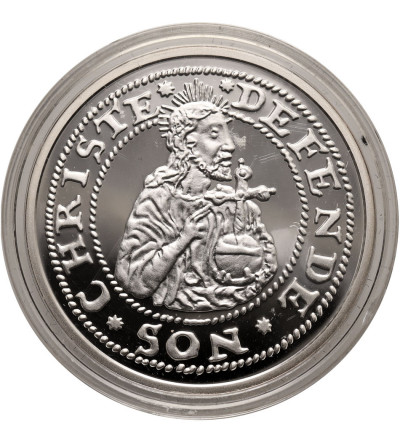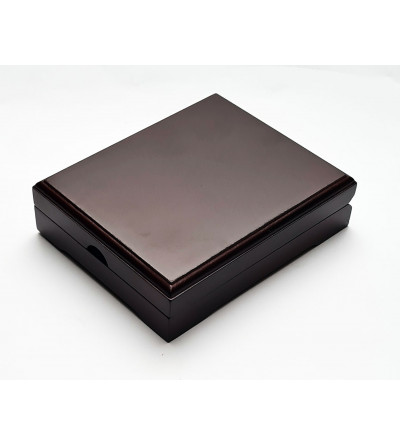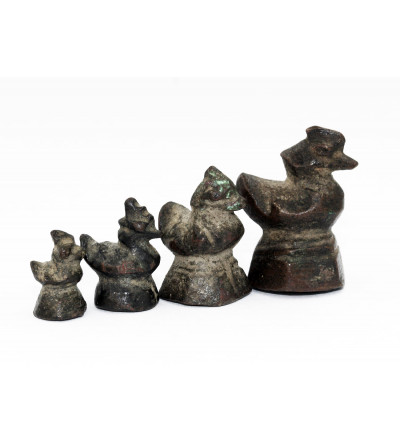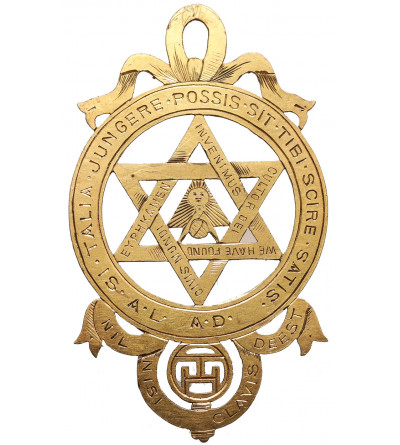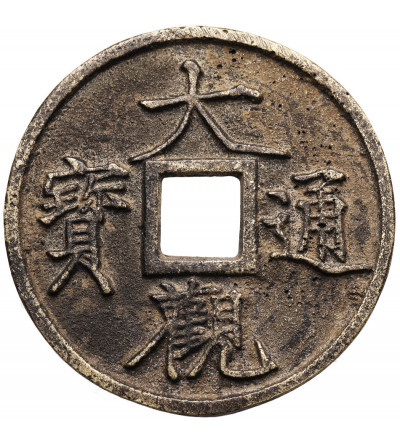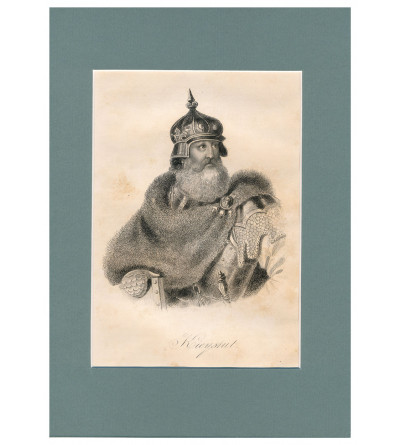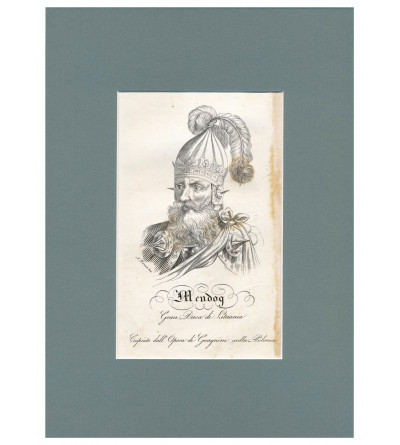Ludwika Maria Gonzaga, Maria Ludwika Gonzaga (1611-1667) Queen of Poland, wife of Wladyslaw IV Vasa and later of Jan Kazimierz Vasa. The only female ruler in the country's history to marry two rulers in succession, and to top it off: two brothers. She was a well-born French aristocrat, ruling Nevers, located in Burgundy, and other estates of the Gonzaga family since 1637. The proposal of her marriage to the Polish king, Ladislaus IV, came from the influential Cardinal Mazzarini, playing a key role at the Parisian court. The wedding took place in 1646.At the side of her husband Louis, Maria played a limited role, but when he died prematurely, she quickly married his brother and successor. She was very active both before and during the Swedish Deluge; it was she who led to the famous Lvov Vows, in which the kingdom was placed under the protection of the Virgin Mary. She also forged an alliance with the Habsburgs against Sweden in 1656. She created a strong pro-French party at the Polish court. She also tried, albeit unsuccessfully, to push through the candidacy of a Frenchman, Henry d'Enghien, to succeed Jan Kazimierz. She died in 1667, which largely pushed the widowed king to relinquish the crown. Source: ciekawostkihistoryczne.pl
CHODŹKO, Leonard Borejko (1800-1871), La Pologne historique, litteraire et monumentale, (...), 1835-1842. A monumental work by the famous Polish émigré publisher Leonard Chodźko which is a history and geographic-political description of Poland. The work was published in three volumes. The first part is the history of Poland from the earliest times to the reign of Wladyslaw Lokietek. The second volume covers the history of Poland from the reign of Casimir the Great to the death of Stefan Batory, while the last volume covers the history of Poland from the beginning of the reign of Sigismund III Vasa until the events contemporary to the Author and the Readers, i.e. the November Uprising. Each part also contains descriptions of unique and interesting places in Poland, as well as basic information about literature, art and science. In addition, the work contains examples of exceptional monuments in the Polish lands. An important part of the work includes fairy tales, legends and short stories, as well as an essay on dramatic theater in Poland. The work also contains a description of Polish dances, such as the polonaise, mazurka, and krakowiak. The work is very richly illustrated, with numerous intaglios, natural monuments, sacred objects, castles, palaces, cities, portraits of important historical figures from the history of Poland, works of art, notes of songs, etc. This brings the total to 180 engravings (including maps), in a set of three volumes, i.e. 60 engravings for each volume collated with a table at the beginning of the volume.
